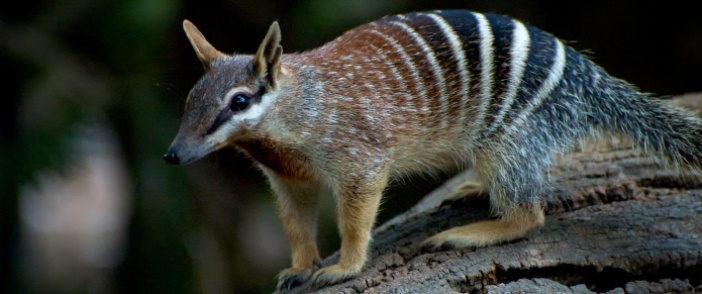
Fitzgibbon refers to ISC, supports a minister for biosecurity
In a speech to Parliament, Labor’s Joel Fitzgibbon referred favourably to a presentation by Invasive Species Council CEO, Andrew Cox. He also suggested that there should be a federal Minister for Biosecurity.

















